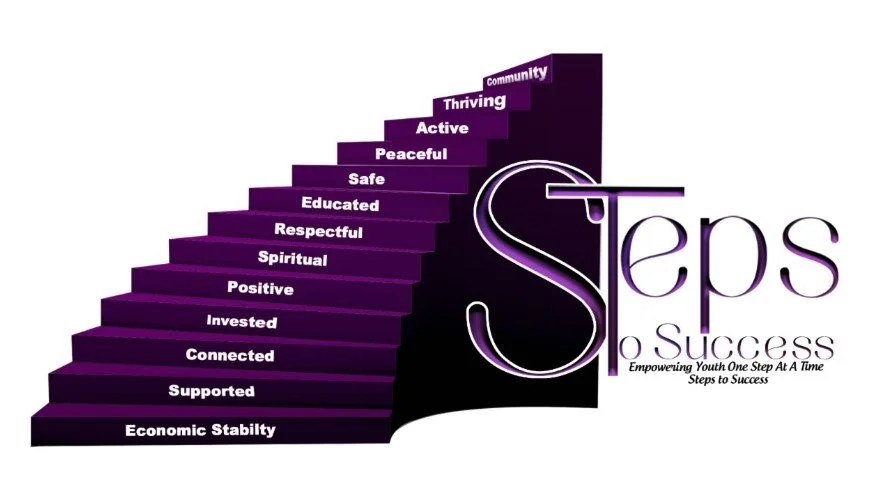So, here is the thing about neighborhood-level data: we should all be using it. Neighborhood-level data is the most reliable resource for identifying the specific issues a community is facing and it is often the best guide to implementing a successful program or strategy.
So why aren't we all using neighborhood-level data? Because it’s next to impossible to get your hands on. Such specific and localized information is expensive and time-consuming to collect. It requires long hours, lots of training, and detailed analysis. Unexpected results could throw a wrench in your current plan and demand a complete overhaul of your strategy. Securing funding for neighborhood-level data collection can also be a major barrier as few funders are inclined to devote the lion’s share of a grant to this work. Furthermore, few non-profits and community groups have the capacity to collect and analyze such data even if the funding did exist.
And so begins the familiar loop of trying to make due by using existing city, county, or even statewide data as a less than ideal substitute. Without truly understanding local community needs, it is impossible to ensure that the programs that are selected are the right fit. It is a frustrating and disheartening process that any individual or organization working to improve their community has faced.
Here is the good news: WE HAVE COMMUNITY LEVEL DATA FOR YOU! If you are working in Montbello or the larger Far Northeast Denver community this is the resource for you. The Steps to Success Montbello Community Risk Assessment Report describes the results of nearly 3,000 surveys completed by youth and adults in Montbello. It details specific risk and protective factors that young people in Montbello are experiencing (a risk factor is anything that increases the chances that a person will suffer harm; a protective factor is something that decreases the potential harmful effect of a risk factor). Best of all, the report is free and widely applicable. Use it for any of the following purposes:
- Use the data in your proposals to demonstrate need and community priorities.
- The data can help your organization focus on specific issues relevant to the community.
- Build partnerships that align with community needs.
- Shine a light on Montbello's root causes of youth violence.
- Help your organization determine whether your objectives meet needs the community wants addressed.
- Use the data to help set a baseline and measure the effects of your programs.
- Use the data to draw attention to your efforts.
- Integrate data about family life into your family outreach efforts.
- Use the data to guide you selection of Evidence-Based Program options on the Blueprints website.
- Use the data to start conversations and motivate action!
Truly, we want to share this precious resource with anyone and everyone who can use it.
If you have any questions please visit our website (www.stepstosuccessmontbello.com) or call Rachel at 720.838.3302. Thanks for reading and keep up the good fight!

